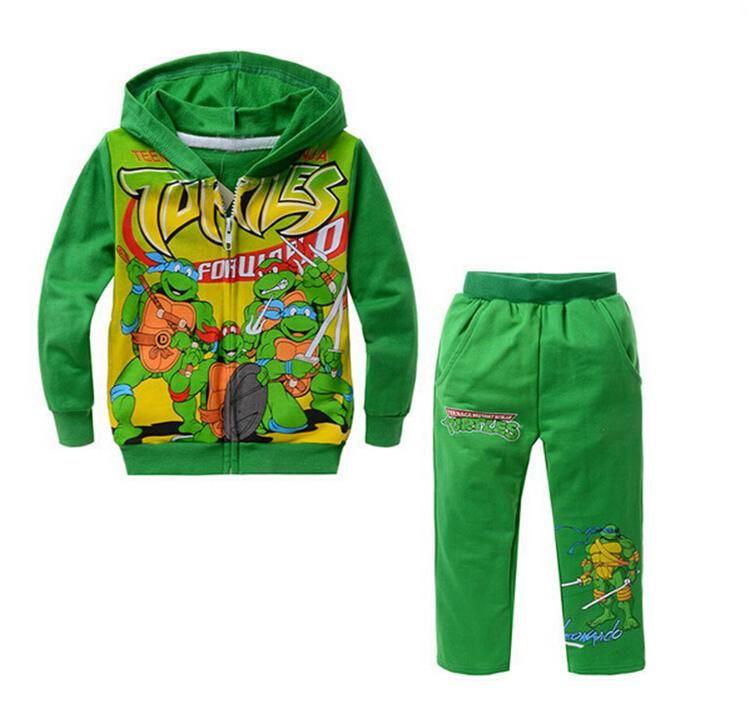

Along with shinobi, these include monomi ("one who sees"), nokizaru (" macaque on the roof"), rappa ("ruffian"), kusa ("grass") and Iga-mono ("one from Iga"). Historically, the word ninja was not in common use, and a variety of regional colloquialisms evolved to describe what would later be dubbed ninja. The underlying connotation of shinobi ( 忍) means "to steal away to hide" and-by extension-"to forbear", hence its association with stealth and invisibility. The word shinobi appears in the written record as far back as the late 8th century in poems in the Man'yōshū. In the native kun'yomi reading, it is pronounced shinobi, a shortened form of shinobi-no-mono (忍びの者). Ninja is the on'yomi ( Early Middle Chinese–influenced) reading of the two kanji "忍者". Much of their perception in popular culture is based on such legends and folklore, as opposed to the covert actors of the Sengoku period. Ninja figured prominently in legend and folklore, where they were associated with legendary abilities such as invisibility, walking on water and control over natural elements.

īy the time of the Meiji Restoration (1868), shinobi had become a topic of popular imagination and mystery in Japan. A number of shinobi manuals, often based on Chinese military philosophy, were written in the 17th and 18th centuries, most notably the Bansenshūkai (1676). Following the unification of Japan under the Tokugawa shogunate in the 17th century, the ninja faded into obscurity. It is from these areas that much of the knowledge regarding the ninja is drawn. In the unrest of the Sengoku period, mercenaries and spies for hire became active in Iga Province and the adjacent area around the village of Kōga. Though shinobi proper, as specially trained spies and mercenaries, appeared in the 15th century during the Sengoku period, antecedents may have existed as early as the 12th century. Their covert methods of waging irregular warfare were deemed dishonorable and beneath the honor of the samurai. The functions of a ninja included reconnaissance, espionage, infiltration, deception, ambush, bodyguarding and their fighting skills in martial arts, including ninjutsu. Volume six, 1817.Ī ninja ( 忍者, Japanese pronunciation: ) or shinobi ( 忍び, ) was a covert agent or mercenary in feudal Japan.
Baby ninja clothes series#
Team with our matching Ninja Mama Nappy Bin deodorisers or give as a gift on their own.Drawing of the archetypical ninja from a series of sketches by Hokusai.

The exact measurements can be found on our infographic photo. Our wardrobe dividers fit any rod 10cm in circumference (3.6 cm in diameter), or smaller with a 3cm clearance above the rod. EASY TO INSTALL! Our wardrobe size dividers are super easy to install, no DIY skills needed! Just place on the wardrobe rod, no need to unscrew or reposition anything.You can be sure that you will find your wardrobe dividers for baby clothes useful through the early months and lasting on through to your next little bundle of joy. BEAUTIFUL AND PRACTICAL! With stickers on both sides of the divider, made from durable plastic and designed not to spin around.PERFECT FOR ANY NURSERY! Our bear themed baby hanger dividers are colourful but gender neutral so whatever colour you decide for your nursery décor theme, you can be sure that your baby’s clothes will be organised in style!.
Baby ninja clothes full#
Go ahead and buy that cute age 6 months outfit in the sale, you can keep track of the full range of your little one’s clothes that you buy yourself and those (many!) cute outfits that are bought for you by family and friends.


 0 kommentar(er)
0 kommentar(er)
